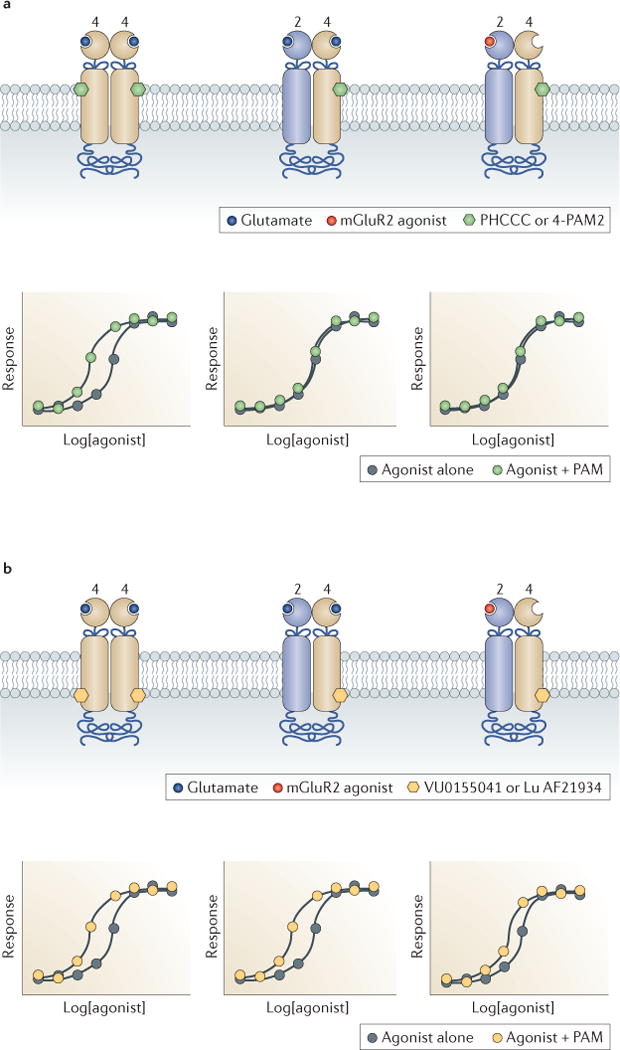Figure 2. Heterointeractions between mGluR subunits differentially alter the pharmacology of allosteric modulators.

a | Expression of metabotropic glutamate receptor type 4 (mGluR4; beige receptor) alone results in potentiation of responses to glutamate (blue circle) by PAMs (positive allosteric modulators; green hexagon) such as PHCCC and 4-PAM2 (left graph of the panel). Co-expression of mGluR2 (blue receptor) results in a loss of PHCCC- or 4-PAM2-induced potentiation of the response to glutamate (middle graph). When an mGluR2-selective agonist (red circle) is used to activate responses in cells that express mGluR2 and mGluR4, no potentiation by PHCCC or 4-PAM2 is observed (right graph). b | PAMs such as VU0155041 or Lu AF21934 (yellow hexagon), which are known to interact with a distinct site on the mGluR4 protein, are able to potentiate glutamate responses at mGluR4 homomeric receptors (left graph of the panel). In contrast to PHCCC and 4-PAM2, the potentiation of the glutamate response by VU0155041 or Lu AF21934 is retained in the presence of mGluR2 (middle graph) and these PAMs are also able to shift the response curve of an mGluR2-selective agonist markedly to the left (right graph), suggesting that there is transactivation between the two sides of the receptor dimer.
